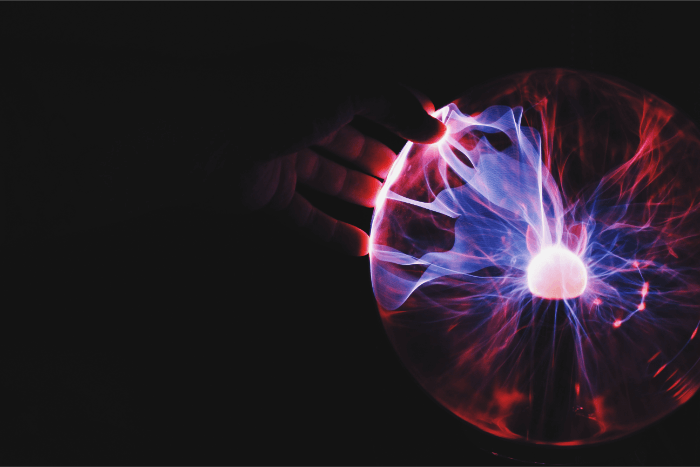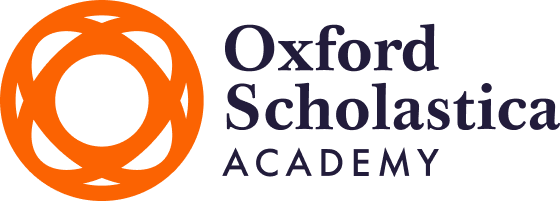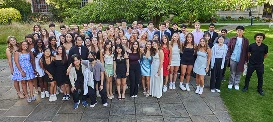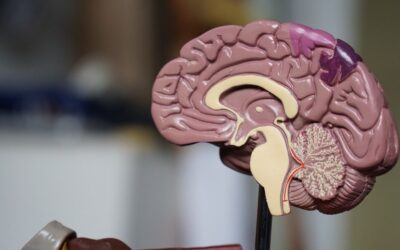Our brains are really amazing organs, and they do a lot of work without us even realising. Things like directions and spatial mapping are a brilliant example of this. This is just one of the many fascinating topics you can explore in-depth at Oxford Scholastica Academy’s Oxford summer school, which offers immersive summer Psychology programmes for high school students.
Let’s do a little thought experiment right now: Imagine you’re walking back home from school after an ordinary day. Do you have to use Google Maps? No, you’re able to find your way without even thinking about it. It’s really cold today, so you decide to go straight at the traffic lights, and head to the cafe down the road for a hot chocolate. When you leave through the back door, you see that street’s closed while they do some road works. So you head in the other direction and loop round to get home from the other side.
You find your way to and from familiar places on a daily basis without having to actively focus on doing so. And this isn’t a skill peculiar to humans; animals can do it too. The question is, how do you find your way back home without thinking about it?
We’ve put together a neuroscience guide explaining exactly how spatial mapping works.
How does spatial navigation work?
When you’re using a maps app on your phone, the GPS capacity activates and gathers a lot of information to work out where you are, and how best to get to your destination. This is exactly what our brains do in the background when we’re in familiar environments. They gather internal and external information to work out where we are, and where we need to go.
Internal information includes something called proprioception. This is a fancy word for our sense of balance, head position and body movement. And this is what we use to work out whether we’re walking up or down hill, or on flat or bumpy ground.
External information is gathered by all of our senses and creates an image of our surroundings. Things like recognising visual landmarks, hearing busy roads and even smelling the takeaway on the corner can help your brain to work out your current location, as well as the direction you’re heading in and when you need to turn.
How do animals use spatial navigation?
Although all animals use a combination of these cues, we don’t all use the same ones. Humans rely heavily on visual hints when developing spatial mapping, while mice, rats and dogs all infer more from smells. Pigeons even use the earth’s magnetic field to work out their location while flying – we bet you can’t do that! In addition, honey bees send signals to each other by doing a ‘waggle dance’. This will tell other bees how far away nectar is, and in which direction. These dances are sort of like the bee equivalent to a human map or directions!
A map in our brain?
Of course, having a selection of unconnected information about our surroundings isn’t enough to help us find the way home. Our brains have to integrate it and generate a spatial mapping system representing the position of objects and ourselves. Egocentric positioning refers to the location of things in relation to yourself (e.g. the cafe is to my left). On the other hand, allocentric positioning describes the position of an object in relation to another object (e.g. the road is to the north of the park).
In order to successfully navigate, our brain combines egocentric and allocentric information, gathered from all of our senses. And then it produces a sort of imagined map in your mind. E. C. Tolman was the first to present this cognitive mapping theory, following his experiments with rats in a maze (1948). The allocentricity of this internal map allows us to work out shortcuts and navigate around blockages by running through possible alternative routes in our minds.

How do we encode spatial mapping?
The most striking physical evidence supporting Tolman’s cognitive map theory came when neurons (or brain cells) specifically used to encode spatial information were discovered. Professor John O’Keefe and his team at UCL made the discovery by recording single neuronal activities, and found place cells, grid cells, head direction cells and boundary vector cells.
Professor O’Keefe was awarded a Nobel Prize in Physiology or Medicine alongside Professor May-Britt Moser and Professor Edvard Moser in 2014 for the discovery of place cells. These are neurons which activate when a certain location is entered, and support the theory of a kind of mental map in humans and animals. These seem to be mostly located in the hippocampus. This is the area of the brain most associated with memory.
Grid cells were found by Moser et al., and seem to be responsible for estimating angles and distances between any two locations. Head direction cells are exactly what you would expect from their name; they activate when a person or animal’s head is pointing in a certain direction. In doing so, they facilitate self-location.
However, while these basic components of the internal map have been found, there is not yet a definitive theory linking them all together. The field is still rapidly developing. So we have no doubt that a theory will be proven in the coming years.
Sherlock’s ‘Mind Palace’
If you’re familiar with the fictional Sherlock Holmes, you’ll have heard of his infamous mind palace. Sherlock’s memory is incredibly impressive. And he credits it in part to his mind palace technique, which sees him store different facts and memories in different rooms of an imaginary house in his head. In order to retrieve a fact, all he needs to do is walk to the appropriate room, and find it. All very well in fiction, but how does this stand up to neuroscientific fact?
Remarkably well, actually. The hippocampus was found to be key to both locational knowledge and long-term episodic memory when tests were conducted on a patient known as HM.
Proving the memory mapping theory
HM suffered from seizures in the 1950s, and underwent an experimental procedure to remove the section of his brain now known as the hippocampus. This stopped the seizures, but he also suffered from episodic memory loss and an inability to recall locations. This means he could not learn new routes, and could not convert experiences into memories. So this rather convincingly suggested a link between the spatial and memory areas of the brain. But the exact nature of the link is still contested. Does this mean space is just a form of memory, or that memories are organised spatially in our brains?
Of course, we use more than purely spatial memory when we navigate; things like the colours of walls and familiar odours allow us to more accurately pinpoint our location than if we relied on the positioning of buildings alone. This works on the flip side, too: Alexandra O. Constantinescu et al. have theorised that non-spatial information is mapped onto grid cells not dissimilar to those used in spatial mapping.
While Sherlock rather literalises this concept, then, it is likely that our episodic memories are encoded within the same kind of mental map that locations are. So the mind palace phenomenon is a legitimate idea!
How do I learn more about neuroscience?
Neuroscience is a rapidly developing field. And it’s one of the most exciting areas of study to get involved in! It plays host to many interesting debates and controversies at any given time.
Students attending our medical summer school in London had the opportunity to visit a leading research lab at UCL and try the VR technology being used to investigate the effects of Alzheimer’s disease on spatial navigation skills. Meanwhile our Neuroscience summer courses in Oxford gives students the opportunity to explore individuality, and learn about cutting-edge neuroimaging techniques.
Want to explore brain science further?
- Watch Professor John O’Keefe’s lecture on cognitive mapping at the Royal Institution here.
- Take a look at this article for more information about the role of the hippocampus as a centre for both memory and spatial mapping.
- If you’d like to explore this area of neuroscience in more detail, we’d recommend reading Learning and Memory: A Comprehensive Reference (John Byrne, 2017, 2nd edition). Check out the best Psychology books.
- If you’re curious to learn more about how the brain processes spatial information and want to study cognitive psychology, Oxford Scholastica Academy’s Oxford summer courses provide a unique opportunity for teens to engage with cutting-edge research and gain hands-on experience in the field of Psychology.




